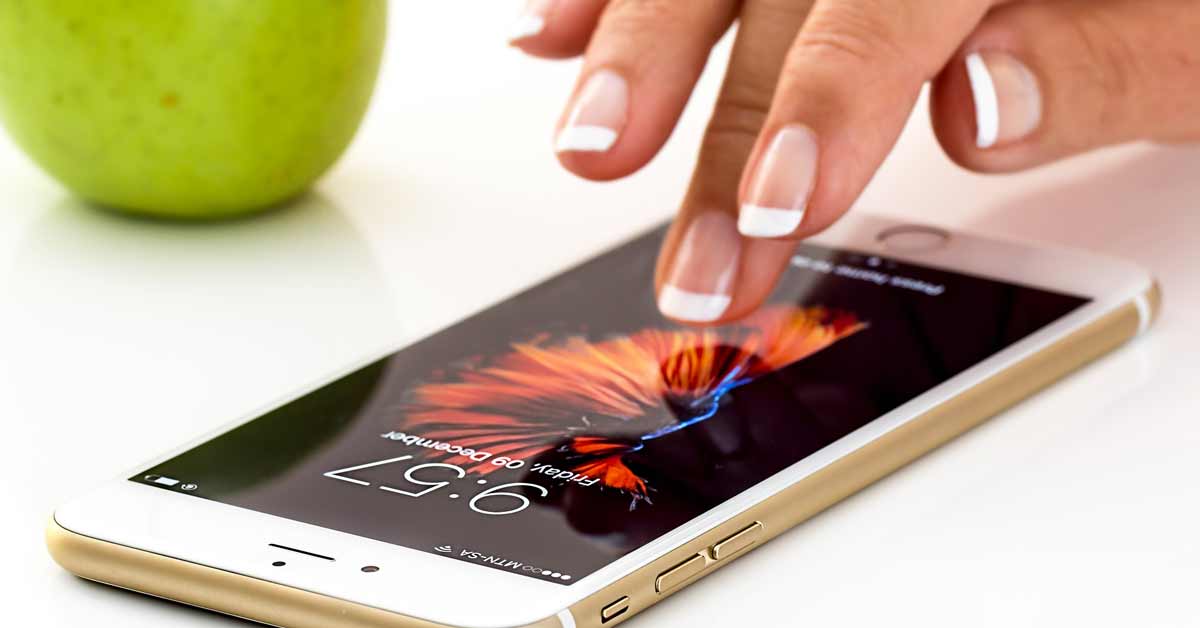Do you need to record a conversation or small meeting that will be transcribed? Using your smartphone often works just fine to record the audio.
The quality of any transcription starts with the quality of the recorded audio, and you don’t always need expensive equipment to get good results. When a conversation or meeting involves a small number of people, most smartphones, tablets and other similar devices are perfectly capable of picking up clear audio that can then be easily transcribed.
We’ve transcribed thousands of hours of audio, and many recordings were made using a smartphone. Most of these worked just fine, but some were very poor quality. To avoid this happening to you and helping to ensure an accurate transcript, we’ve compiled a few tips to share.
To get the best results using your smartphone, follow these tips:
Use only with phone conversations or small groups of people
Using a smartphone works best for phone conversations, or meetings with usually no more than 6-10 people so everyone can be close enough to the device. Keep in mind, the more people in the room means there are more opportunities for the audio to be obscured, so it’s even more important to follow the tips below. For larger meetings, you’ll likely need to use different equipment, like omni-directional or multiple mics to help ensure everyone is heard clearly.
Familiarize yourself with the recording app
Use the audio recording app that comes with your device, or download an app of your choice, and practice using it.
Don’t record audio from a speaker phone
If you conduct a phone interview, never record audio using a speaker phone. This is a common mistake. You end up with what sounds like a recording of a recording. Instead, download one of the many phone recording apps so the interviewer and interviewee can both be heard loud and clear. Skype calls should also be recorded directly.
Plan for the placement of the device
- In a meeting, set the device in the center of the table so everyone has the best opportunity to be heard.
- In an interview, place the device closer to the interviewee as they are the subject and usually do most of the speaking.
- If anyone is typing notes, be sure the device is far from the keyboard. Typing is very loud if much closer than those who are speaking.
- Make sure the device’s microphone is facing up, and not covered by papers or blocked by other objects.
Always record indoors
The slightest breeze makes it sound like the interview is being conducted in a wind tunnel. A small, carpeted room is preferable to minimize echo. Close all doors and windows.
Minimize background noise
When anticipating transcription of your recordings you can keep costs down and maximize accuracy by recording in a quiet environment so no syllables are interrupted or overtaken with background noise. Anything that can obscure the audio or make any parts difficult to hear will impact the overall accuracy of the final transcript.
Do not record in a cafe or restaurant
This is the most common mistake. Even if there is no background music, the background chatter of others and interruption of clanking dishes can drown out something important. Meeting in public is not good for recording as you have no control over your environment.
Turn off the air conditioning for the duration of the interview
Cool the room before you begin if it’s a warm day or use a quite fan. Air conditioning can muffle speakers to a degree where syllables are drowned out and your transcriptionist is more likely to miss names or terms and the transcription process will take longer. A ceiling fan set low to medium is usually fine, however standing electric fans or box fans can be even louder than the AC. Also keep the recorder away from computer fans.
Additional tips for improving the accuracy of the transcript
- Run a short test recording before beginning. If there will be several people in the room, make sure the person furthest from the device speaks loud enough to be picked up clearly by the microphone on the device.
- State names in the beginning so the transcriptionist can properly identify speakers.
- Ask groups not to speak over one another.
- Advise attendees to speak clearly and loudly, and to enunciate and spell out unusual names or technical terms for the transcriptionist.
Following these tips for your recording audio with your smartphone will help to achieve a highly accurate transcript.
Looking for more suggestions, or have questions? Contact me
When you’re ready to get started, learn more about our transcription services or contact me directly.

